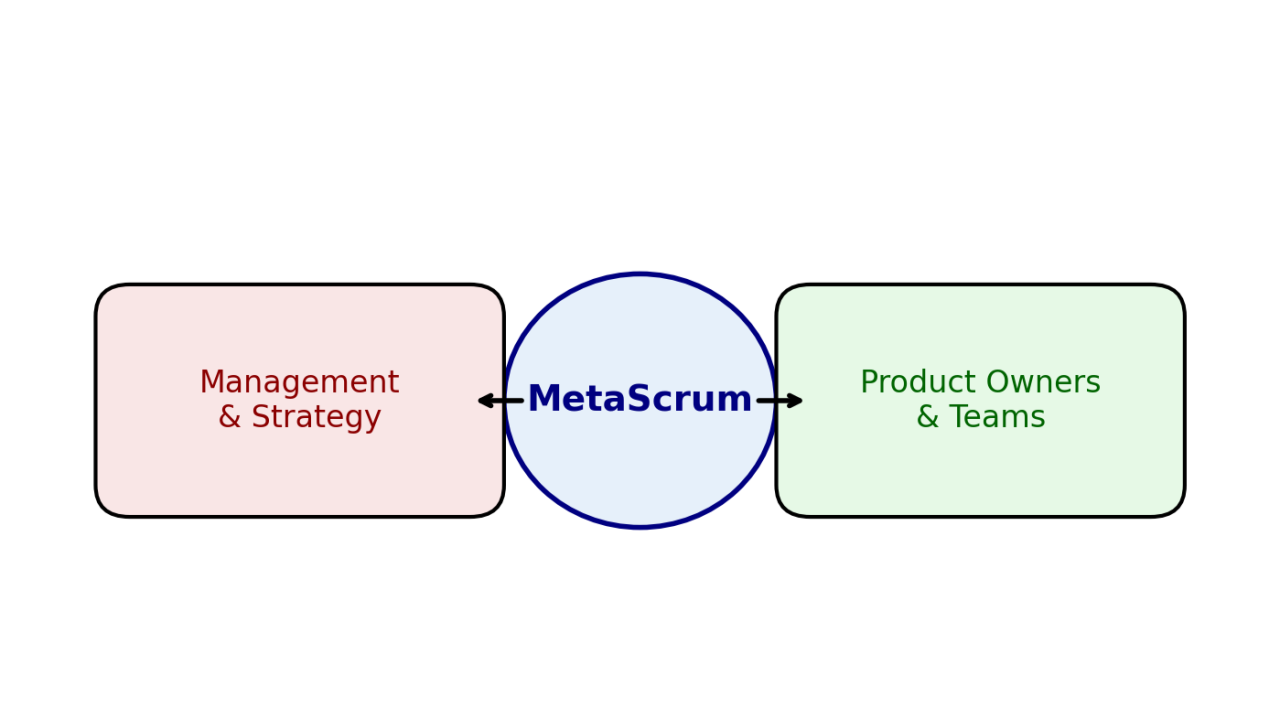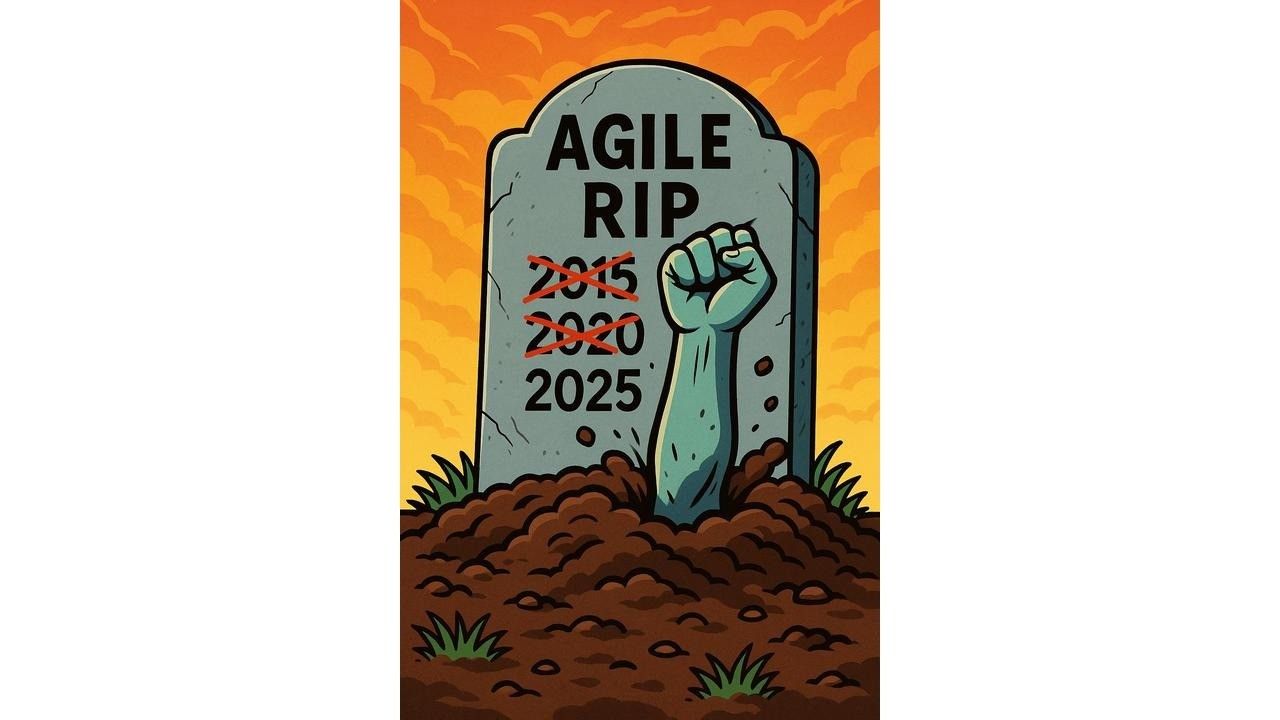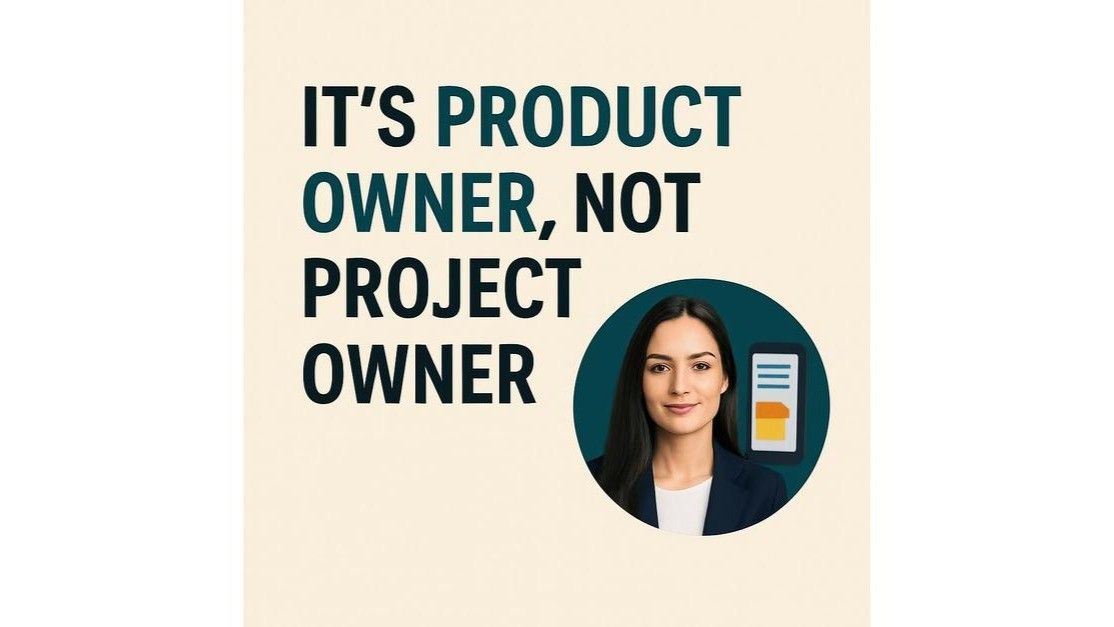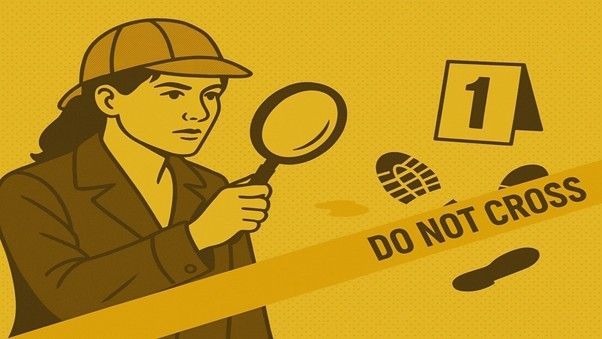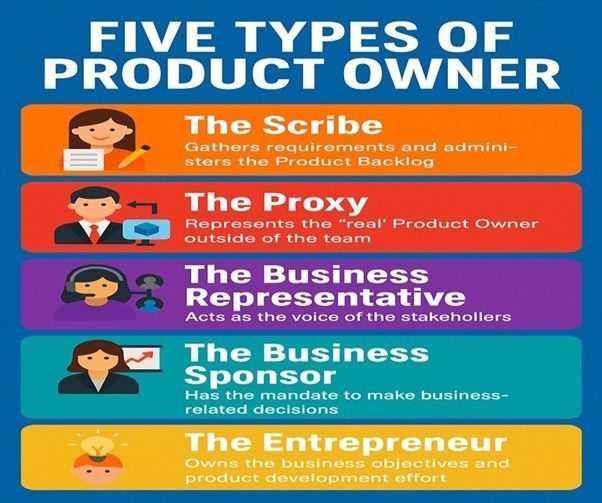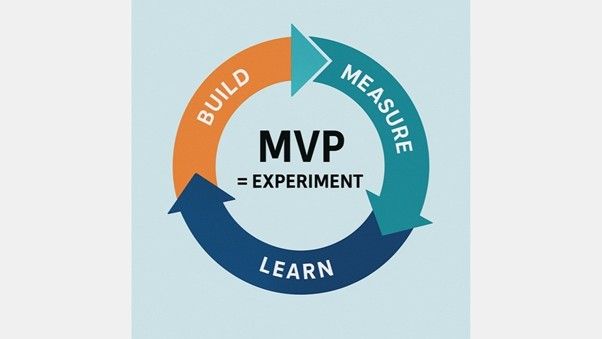Eating in the Scrum Café
(The Role of the Product Owner)
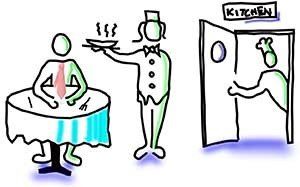
(Originally posted 2014)
I have recently been reading The 7th Annual State of Agile Survey (1). It has some interesting statistics. Not surprisingly, Scrum is still the dominant approach in Agile projects by a country mile. 54% of respondents use Scrum and another 11% use a Scrum/XP hybrid. The named approach with the highest reported penetration after that is Scrumban with just 7% of 'the market'. The results concerning the role of the Product Owner were much more concerning, only 51% of respondents reported that they have a dedicated Product Owner and, most worryingly of all, Product Owners are listed at the bottom of those who are most knowledgeable about Agile in their companies (only 1% of respondents chose the Product Owner).
These figures just don't add up. The Product Owner function is one of the three key roles in Scrum. You cannot truly be using the Scrum framework if there is no Product Owner in your Scrum Team, and you certainly will not be as high performing as you can be if the Product Owner does not understand Agile (let alone Scrum). So what's the problem?
Ensuring the Value of the Product
Perhaps a clue to at least part of the explanation can be found in a comment made to me recently, "The Product Owner is a kind of a waiter, yes?". For the commentator - at a client's site - the customer raises requirements just like the customer in a cafe or a restaurant. The development team, like the kitchen staff, create the solution. The Product Owner is, like the waiter, a go-between who informs the kitchen (development team) of the order and then delivers the meal (product) to the customer's table. If that was all the Product Owner had to do then there might be a good reason for either having no-one in the job at all, or rebadging some existing function (a Business Analyst, perhaps) without developing in them any special skills or knowledge about Agile.
But in Scrum, the Product Owner is responsible for the Return on Investment (ROI) in the product, and the Total Cost of its Ownership (TCO). She has to ensure the value of the product to the customer, and the value of the work done by the development team. This is a heavy responsibility: Ken Schwaber once described the Product Owner as "the one wringable neck" in the Scrum Team (2).
For sure, when the customer is not directly accessible by the developers, the Product Owner acts as a customer proxy, but to play even that aspect of the role properly requires the Product Owner to be proactive in creating an intensive collaboration with the customer to understand their Business Value Model. This is so that the relative value of the different features being requested can be understood and communicated to the developers.
Ordering Product Backlog Items vs ‘Prioritising’ Them
Many organisations understand that at least, but there is an even deeper aspect to the role of the Product Owner that has not been grasped so well. When Schwaber and Jeff Sutherland revised The Scrum Guide in October 2011 (3) they removed the references to 'prioritisation' in relation to Product Backlog Items (PBIs) and the Product Owner's responsibility for them. In too many projects this had been interpreted as the Product Owner categorising PBIs by value ('High, Medium, Low or using MoSCoW rules or something similar) and then leaving it up to the Development Team to decide what the build order of the PBIs should be in any given iteration or release. The Guide now talks about the Product Owner's responsibility for ordering the PBIs in the Product Backlog 'top to bottom'.
What is the significance of this change? Of course, the Product Owner is still seeking to get higher valued features delivered earlier than lower value ones. This typically will involve some categorisation of PBIs by value. But the Product Owner also has to take on, amongst other things, the push back from the Development Team about technical dependencies between those features, and from other stakeholders, such as System Architects, who might be pointing out some architectural issues, especially in legacy systems. Another consideration is that what the customer will expect to be seeing in any Sprint Review is not a collection of discrete "done" elements, but a small and skinny version of the product as a whole to which more 'flesh' can be added in later iterations. Any one of these concerns could lead to lower value features being bundled together with higher value ones in any given Sprint Goal.
Intense Collaboration
The point is that the intense collaboration that goes on between the customer and the Product Owner is married with an equally intense collaboration between the Product Owner and the Development Team. The Product Owner is right at the centre of some of the key relationships that make the whole thing work. It is a hugely demanding role, and one which is strategically important to the success of any Scrum-driven project.
The intensity of the collaborations does not diminish, by the way, as the project progresses. The Product Backlog is not ordered top-to-bottom once and then left alone. The weight of any of the factors that led to the initial decisions can change, and other unforeseen ones emerge, as the Scrum Team surfaces new information through the development process itself. The ordering of the Product Backlog is therefore being constantly revisited, and constantly changed as the Team, and the project's stakeholders, learn more. But remember, only the Product Owner has the authority to make those changes to the Product Backlog.
The Importance of the Product Owner
If you think about it, the ordering of the Product Backlog in Scrum is the equivalent of the 'critical path' in traditional, plan-driven management of software projects. Project Managers in those projects spend time and effort sequencing activities in such a way that the dependencies between them lead to the shortest possible sequence - the critical path. This in turn determines the ordering of the work by the developers and the scheduling of other resources. In Scrum the Development Team is cross-functional, self-organising and self-managing. No-one can tell it how to do its work. The need for managing sequences based on different activities carried out by different specialists in those activities is gone. Instead the developers self-organise around the order of the PBIs in the Product Backlog by carving out a Sprint Goal from the top that is within their capacity for development in a single Sprint. And the Product Owner 'owns' the Product Backlog. That's why the Product Owner role is so important.
It is also the Product Owner who determines when enough value has accumulated in the product for it to be released, and the Product Owner who, alone in a Scrum Team, has the authority to cancel a Sprint for whatever reason. In addition, of course, it is the Product Owner who forms an agreement about the quality standards of the project with the developers in the shape of the Definition of Done
Now, what waiter tells the kitchen when there's enough of a meal on the plate for it to be served? Or negotiates with the chef and the cooks about the quality standards of the food? In what restaurant does the waiter dictate the order in which the food items will be created?
We will talk more about the role of the Product Owner and the Product Backlog in future articles, but hopefully even in this short space we have established that the Product Owner function is one that deserves respect and attention. Product Owners in Agile teams need the authority and responsibility to do the job properly, and that means their skills have to be developed - through training, coaching, mentoring and experience - to the appropriate level. Organisations that ignore or neglect the role of the Product Owner are just storing up problems for themselves in the future.
Alan
Emerald Hill Limited
References:
(1) 7th Annual State of Agile Development Survey. VersionOne. www.versionone.com. 2013
(2) Schwaber,K. The Enterprise and Scrum. Microsoft Press. 2007
(3) Schwaber K., and J. Sutherland. The Scrum Guide. www.scrum.org. October, 2011
